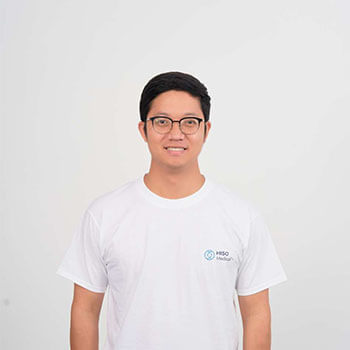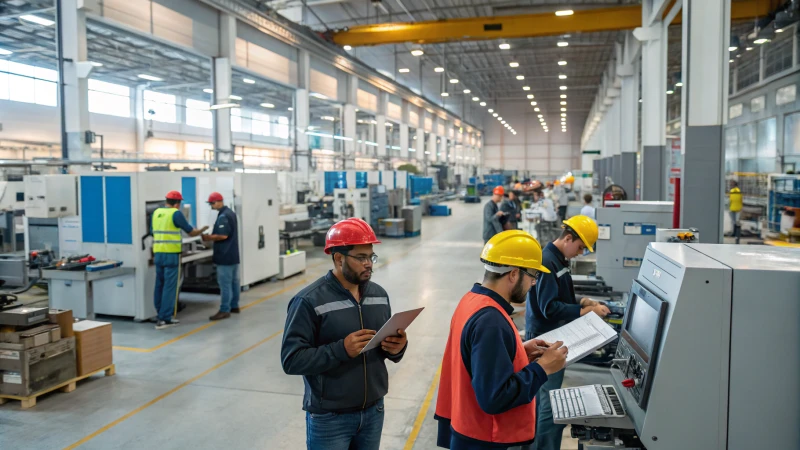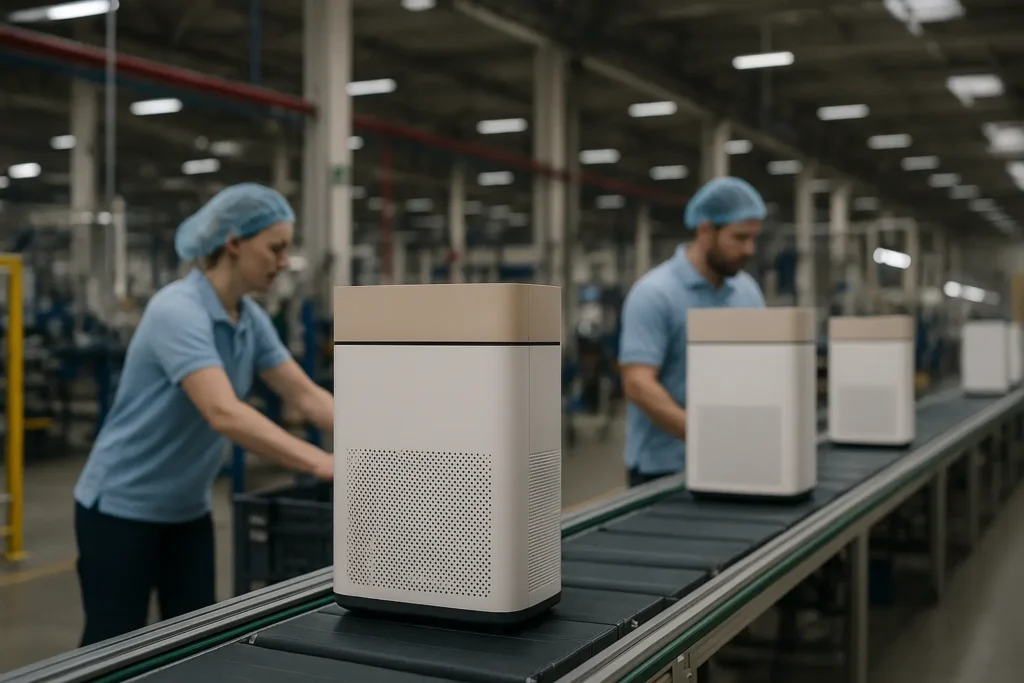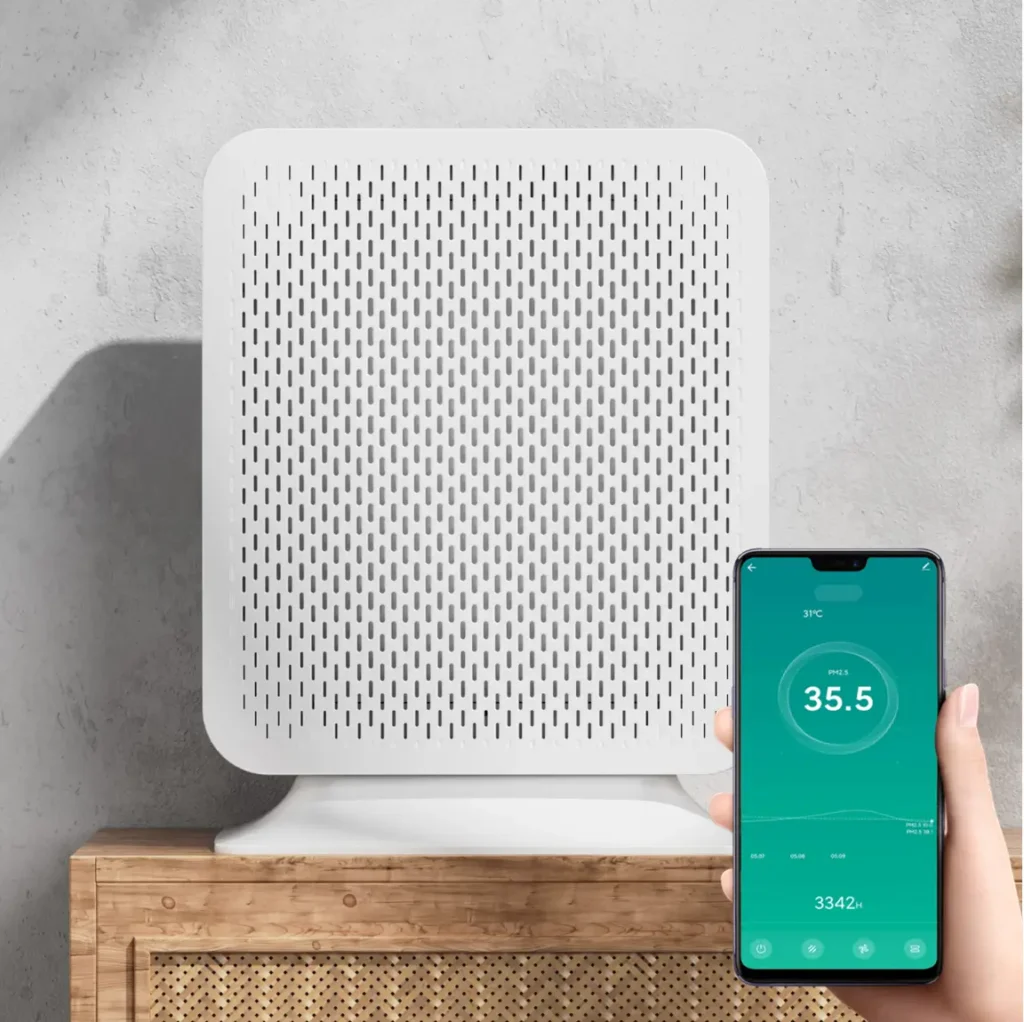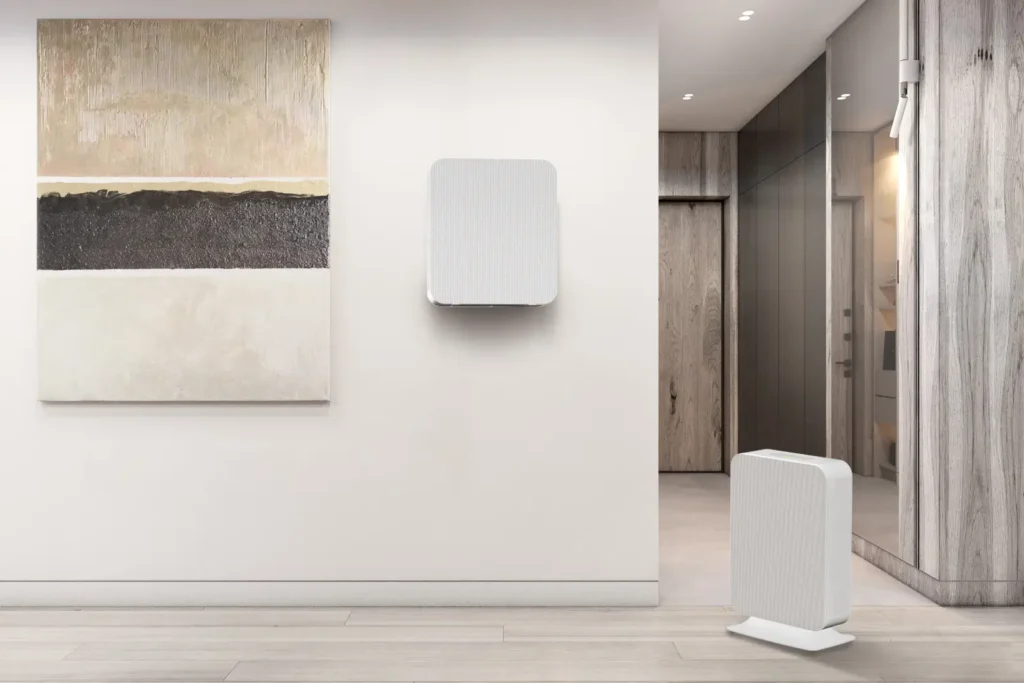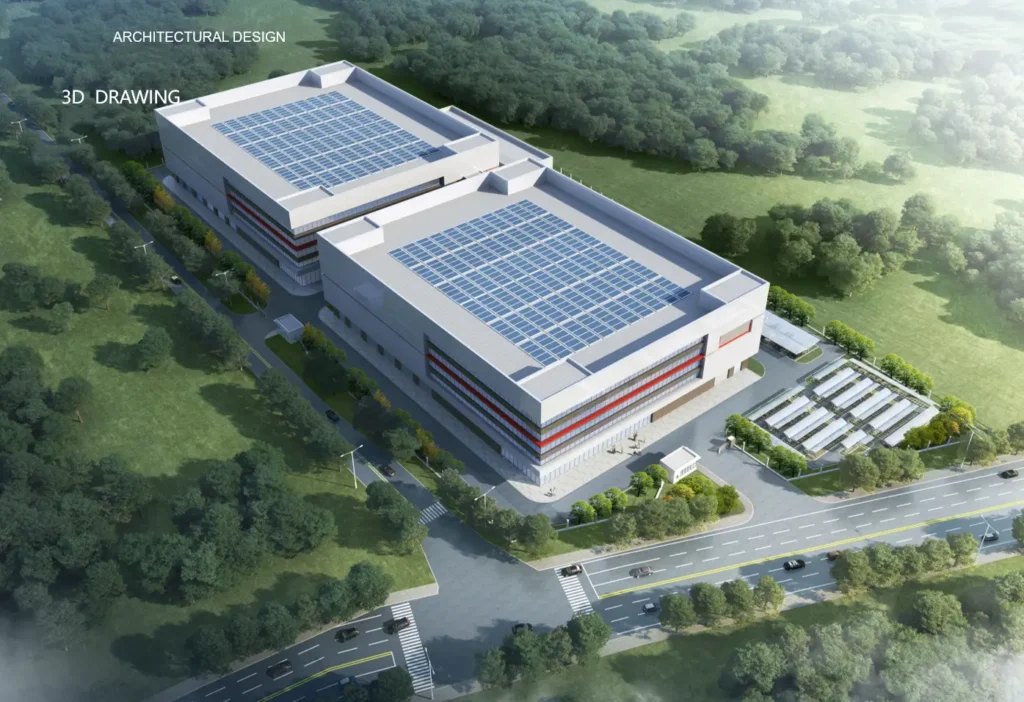The global landscape of electronics manufacturing is in constant flux, driven by geopolitical shifts, technological advancements, and evolving market demands. Within this dynamic environment, Southeast Asia, particularly the ASEAN bloc, has emerged as a pivotal region for diversification and growth. Smart air purifiers, a segment experiencing significant expansion due to increasing awareness of indoor air quality and health concerns, represent a prime example of a product category where strategic supply chain decisions are paramount. As companies seek to optimize their manufacturing footprints, a critical question arises: Which ASEAN nation offers the most compelling advantages for smart air purifier production—Malaysia or Indonesia?
This blog post aims to provide a comprehensive evaluation of these two key players, delving into their economic maturity, regulatory environments, infrastructure, and specific capabilities within the electronics manufacturing ecosystem. By dissecting the viability of component sourcing and exploring market opportunities, we will offer strategic models and recommendations for businesses looking to establish or expand their smart air purifier supply chains in the region. The goal is to move beyond a binary choice, illustrating how a nuanced understanding of each country's strengths can lead to a more resilient and efficient manufacturing strategy.
Comparative National Investment Climate
Economic Maturity and Growth Dynamics
Malaysia, an upper-middle-income economy with a GDP per capita of approximately $12,620, presents itself as an ideal location for premium production and export-oriented manufacturing. Its economic stability and established industrial base provide a conducive environment for high-value-added activities. In contrast, Indonesia, a fast-growing, lower-income economy, is characterized by a large and expanding domestic market driven by a burgeoning middle class. This makes Indonesia particularly attractive for volume-driven production aimed at serving its substantial internal demand.
Business & Regulatory Environment
Malaysia consistently ranks high in the Ease of Doing Business index, often placing within the top 15 globally. Its regulatory framework is generally transparent and supportive of foreign investment, allowing for 100% foreign equity in manufacturing. The country also boasts a strong intellectual property (IP) protection framework, which is crucial for technology-intensive industries like smart air purifiers. Indonesia, while making strides in improving its business environment, still presents a more complex regulatory landscape. A notable aspect is its Tingkat Komponen Dalam Negeri (TKDN) or local content policy. While this policy can act as a barrier for foreign companies initially, it also serves as a moat for those who successfully localize their production, offering a competitive advantage within the domestic market.
Infrastructure & Logistics
Malaysia's infrastructure is well-developed, reflected in its 30th ranking in the Logistics Performance Index (LPI) in 2023. The country benefits from robust port and airport connectivity, facilitating efficient import and export operations and supporting Just-In-Time (JIT) manufacturing models. This advanced logistical network significantly reduces lead times and transportation costs. Conversely, Indonesia faces challenges with higher logistics costs, which can account for up to 23.5% of its GDP. Its archipelagic geography further complicates supply chains, requiring more intricate and often costlier transportation solutions to move goods across its vast territory.
Risk Profile: Natural Disasters & Currency Volatility
Malaysia enjoys a very low natural disaster risk profile, providing a more stable environment for long-term manufacturing operations. Its currency also tends to be more stable, offering predictability in financial planning and reducing foreign exchange risks. Indonesia, however, is situated in a highly seismic zone, making it prone to natural disasters such as earthquakes and tsunamis. Additionally, the Indonesian Rupiah can experience higher volatility compared to the Malaysian Ringgit. Companies operating in Indonesia must therefore factor in these risks, often requiring the implementation of robust risk buffers and contingency planning to mitigate potential disruptions and financial exposures.
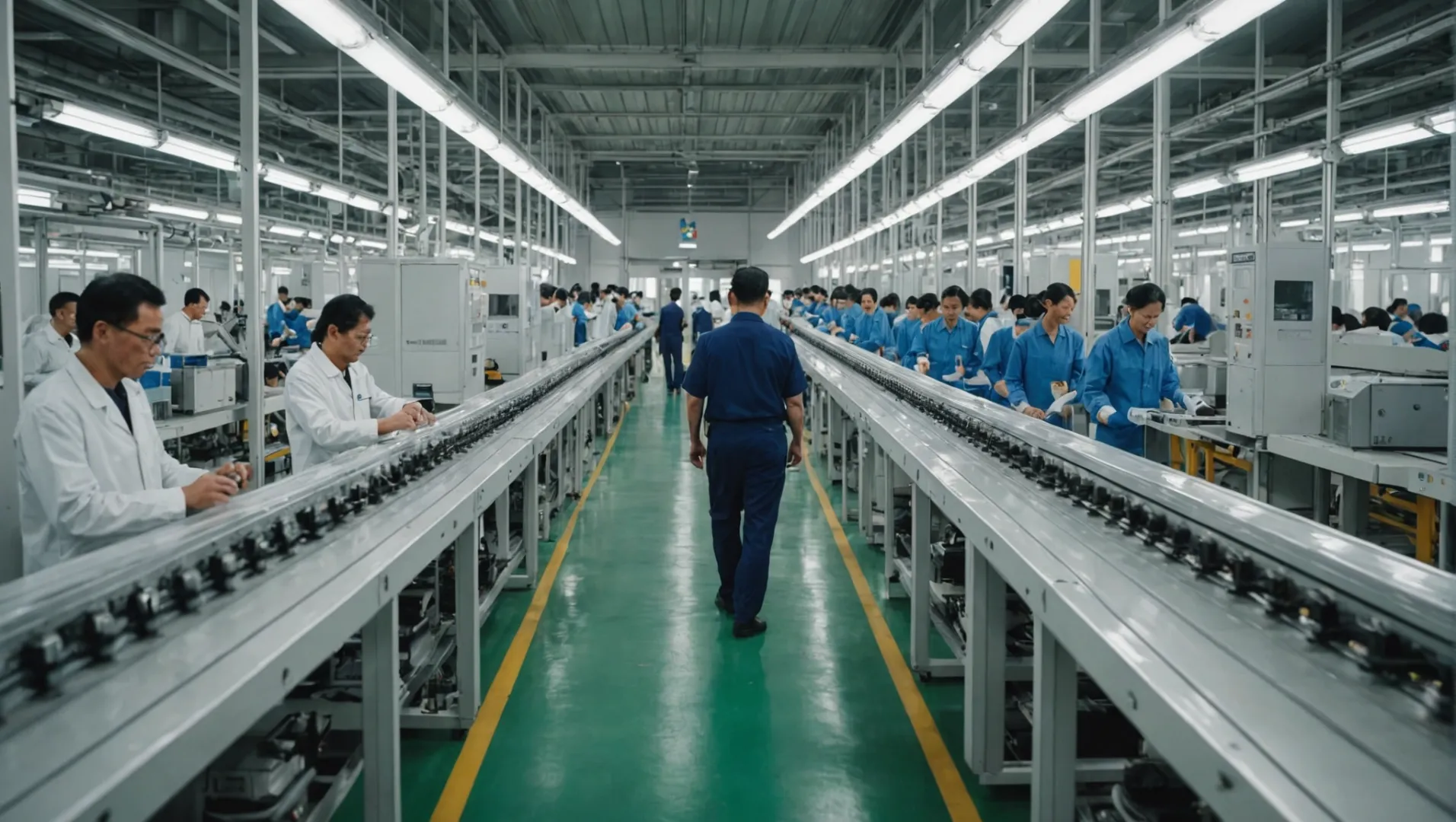
Sectoral Capability: The E&E Manufacturing Ecosystem
Malaysia: Mature High-Tech Powerhouse
Malaysia has established itself as a global hub for the Electrical and Electronics (E&E) industry, particularly in semiconductor packaging and testing, where it commands a significant 13% of the global market share. The country's ecosystem is mature and sophisticated, with strong capabilities in Printed Circuit Board Assembly (PCBA) and Electronics Manufacturing Services (EMS). This is bolstered by the presence of major multinational corporations (MNCs) such as Intel, Bosch, AMD, and Infineon, which have established significant operations in the country. The Malaysian government's New Industrial Master Plan 2030 is set to further drive the industry's upgrade, focusing on higher-value activities and technological advancements.
Indonesia: Rising Market-Led Challenger
Indonesia's E&E sector is on an upward trajectory, largely driven by its domestic market and the TKDN policy, which incentivizes localization. This has attracted investment from global giants like Samsung and Apple, who are expanding their Surface Mount Technology (SMT) and local production capacities. The Indonesian government's "Making Indonesia 4.0" initiative is a long-term strategy aimed at transforming the country's industrial landscape, with the electronics sector being a key focus. While still developing, Indonesia's E&E ecosystem is rapidly evolving to meet the demands of its large and growing consumer base.
Investment Strategies and Incentives
Malaysia, through the Malaysian Investment Development Authority (MIDA), offers a range of incentives focused on attracting high-value-added, export-led high-tech investments. These include Pioneer Status, which provides tax exemptions, and the Reinvestment Allowance (RA), which encourages existing companies to expand and upgrade their operations. Indonesia's Investment Coordinating Board (BKPM) also offers attractive incentives, including tax holidays of up to 30 years. The country's strategy often involves leveraging its Special Economic Zones (SEZs) to offset some of the structural challenges and attract foreign investment.
Strategic Industrial Zones
Malaysia's E&E industry is concentrated in several mature industrial clusters. Penang, often referred to as the "Silicon Valley of the East," along with Kulim and Johor, are key hubs for PCBA, EMS, and semiconductor manufacturing. These zones offer a rich ecosystem of suppliers, skilled labor, and supporting infrastructure. In Indonesia, Batam and Kendal are emerging as strategic industrial zones. Their proximity to Singapore and focus on labor-intensive manufacturing make them attractive locations for companies looking to serve the Indonesian market and comply with TKDN regulations.
BOM Breakdown: Supply Chain Viability by Component
Understanding the viability of a smart air purifier supply chain in Malaysia versus Indonesia requires a detailed breakdown of key components and their sourcing potential within each country.
Filters (HEPA & Activated Carbon)
Both Malaysia and Indonesia possess strong local production capabilities for essential air purifier filters, including HEPA and activated carbon. This means that companies can likely find domestic suppliers for these critical components in either country, reducing reliance on imports and potentially lowering costs. However, a tactical supplier audit is still required to ensure quality, capacity, and compliance with specific product standards.
Smart Electronics (Sensors, PCBs, Microcontrollers)
This category represents a significant differentiator between the two nations. Malaysia, with its mature E&E ecosystem, offers full local sourcing and PCBA capabilities for smart electronics components such as sensors, Printed Circuit Boards (PCBs), and microcontrollers. The presence of numerous MNCs and a highly developed semiconductor industry ensures a robust supply chain for these high-tech elements. In contrast, Indonesia remains largely import-dependent for these sophisticated electronic components. While there is growing investment in Surface Mount Technology (SMT) in Indonesia, this is often driven by policy (like TKDN) rather than an inherent, mature local capability in advanced electronics manufacturing. This implies that manufacturing smart electronics in Indonesia would likely involve significant import of these core components.
Plastic Components (Casing, Internal Frame)
Both Malaysia and Indonesia have comparable capabilities in plastic injection molding. This means that sourcing plastic components like the outer casing and internal frames for smart air purifiers should be relatively straightforward in either country, with competitive pricing and established manufacturing processes.
Assembly, QA, and EMS
Malaysia boasts advanced, automated Electronics Manufacturing Services (EMS) with well-established, ISO-certified Quality Assurance (QA) processes. This translates to higher efficiency, precision, and reliability in the assembly of complex electronic devices. Indonesia, while having emerging capacity in assembly, often requires further investment in systems and training to reach the same level of automation and quality control as Malaysia. This is a crucial consideration for products like smart air purifiers that demand high levels of precision and consistent performance.
Component Distribution Access
Both countries are well-served by major global electronic component distributors such as Mouser, Digi-Key, and RS Components. This ensures access to a wide range of standard and specialized components. However, it is important to note that import friction, including customs procedures and tariffs, tends to be higher and more complex in Indonesia compared to Malaysia. This can lead to longer lead times and increased costs for imported components in Indonesia.
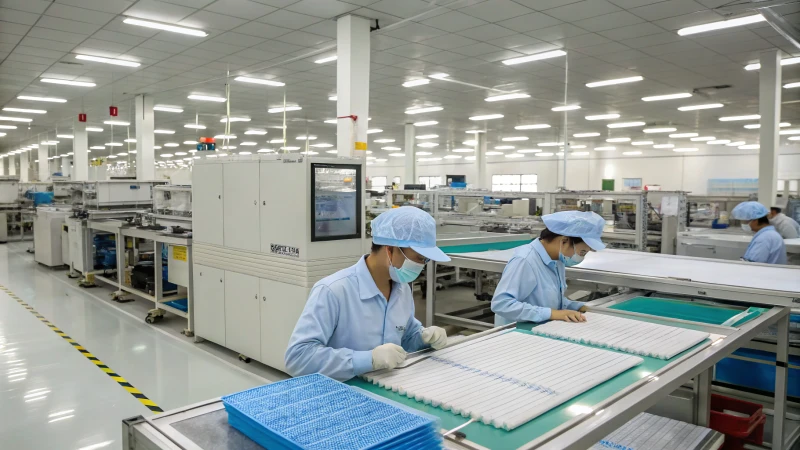
Market Opportunity & Export Strategy
Beyond manufacturing capabilities, understanding the market opportunity and export strategies is crucial for smart air purifier businesses evaluating Malaysia and Indonesia.
Domestic Demand
Malaysia represents a smart air purifier market valued at approximately USD 80 million, with a Compound Annual Growth Rate (CAGR) of around 7-10%. The Malaysian market tends to favor premium, smart-featured products, reflecting a more affluent consumer base with a higher disposable income and a growing emphasis on health and wellness. In contrast, Indonesia boasts a significantly larger market, estimated at USD 148 million, with a robust CAGR of 18.5%. This rapid growth is primarily driven by chronic air pollution issues in major cities and a strong demand for affordable solutions among its large and expanding middle class. The sheer volume of the Indonesian market presents a compelling opportunity for mass-market penetration.
Air Quality as Demand Driver
Air quality plays a pivotal role in driving the demand for air purifiers in both nations. In Indonesia, particularly in cities like Jakarta, air pollution is a year-round public health emergency. This persistent issue creates a continuous and urgent demand for air purification solutions, making it a market driven by necessity. Malaysia experiences seasonal haze, primarily from transboundary pollution, which also contributes to demand. However, the demand in Malaysia is more influenced by a general health and wellness trend among the urban middle class, who seek to maintain good indoor air quality as part of a healthier lifestyle.
ASEAN Export Framework (AFTA & RCEP)
Both Malaysia and Indonesia are members of the ASEAN Free Trade Area (AFTA) and the Regional Comprehensive Economic Partnership (RCEP). This is a significant advantage for businesses, as it means that products manufactured in either country can qualify for 0% intra-ASEAN tariffs, provided they meet the 40% Regional Value Content (RVC) rule. This framework enables flexible cross-border strategies. For instance, companies can consider producing smart modules in Malaysia, leveraging its advanced E&E ecosystem, and then conducting final assembly in Indonesia. This approach can optimize market access, comply with local content requirements (like TKDN in Indonesia), and ensure export eligibility within the broader ASEAN region, creating a highly efficient and integrated supply chain.
Strategic Models & Recommendations
Given the distinct strengths and challenges of Malaysia and Indonesia, companies can adopt various strategic models for their smart air purifier supply chains. The optimal choice depends on the company's priorities, market focus, and risk appetite.
Model A – “Malaysia First”: Export-Led Excellence
This model is best suited for global brands that prioritize quality, manufacturing efficiency, and robust risk mitigation. By establishing primary manufacturing operations in Malaysia, companies can leverage its mature high-tech ecosystem, advanced automation, and stable regulatory environment. This approach is ideal for producing premium smart air purifiers intended for multi-market exports, benefiting from Malaysia's strong logistics infrastructure and minimal regulatory friction for international trade. The focus here is on achieving manufacturing excellence and seamless global distribution, with less emphasis on deep local market penetration in Indonesia.
Model B – “Indonesia for Indonesia”: Market Capture Strategy
This model is designed for companies whose primary objective is long-term domestic market dominance within Indonesia. It requires a higher upfront investment in local manufacturing capabilities and a strong commitment to localization, particularly to comply with Indonesia's TKDN policy. While this strategy involves navigating a more complex regulatory environment and potentially higher logistics costs within the archipelago, it offers significant advantages in capturing the vast and rapidly growing Indonesian consumer market. Success in this model hinges on aligning closely with government policies and building strong local partnerships to overcome structural hurdles and establish a competitive moat.
Model C – “Hybrid ASEAN Hub”: Best-of-Both Strategy (Recommended)
For many smart air purifier manufacturers, a hybrid approach offers the most balanced and resilient strategy, combining the strengths of both Malaysia and Indonesia. This model involves a strategic division of labor:
- High-tech module production (PCB, ICs, Sensors) in Malaysia: Leveraging Malaysia's advanced E&E ecosystem, companies can manufacture the sophisticated electronic components and modules that are critical to smart air purifiers. This ensures access to high-quality, reliable, and technologically advanced parts, benefiting from Malaysia's expertise in semiconductor and electronics manufacturing.
- Final assembly, packaging, and TKDN compliance in Indonesia: The partially assembled modules can then be shipped to Indonesia for final assembly, packaging, and adherence to local content requirements. This allows companies to meet Indonesia's TKDN thresholds, gain preferential market access, and optimize for the large domestic market. By performing final assembly in Indonesia, companies can also benefit from potentially lower labor costs for assembly operations.
This hybrid model achieves several key objectives:
- TKDN Local Content Threshold: By performing final assembly and incorporating locally sourced components (like filters and plastic casings) in Indonesia, companies can meet the TKDN requirements, unlocking market access and incentives.
- AFTA 40% RVC for Export: The combined value addition from both Malaysia and Indonesia can help the final product meet the 40% Regional Value Content rule under AFTA, enabling 0% intra-ASEAN tariffs for exports to other ASEAN member states.
- IP Safety and Cost Efficiency via Geographic Specialization: This model allows for the protection of intellectual property by keeping the more sensitive, high-tech module production in Malaysia, while optimizing cost efficiency for labor-intensive final assembly in Indonesia. It leverages the unique strengths of each country through geographic specialization, leading to a more robust and competitive supply chain.
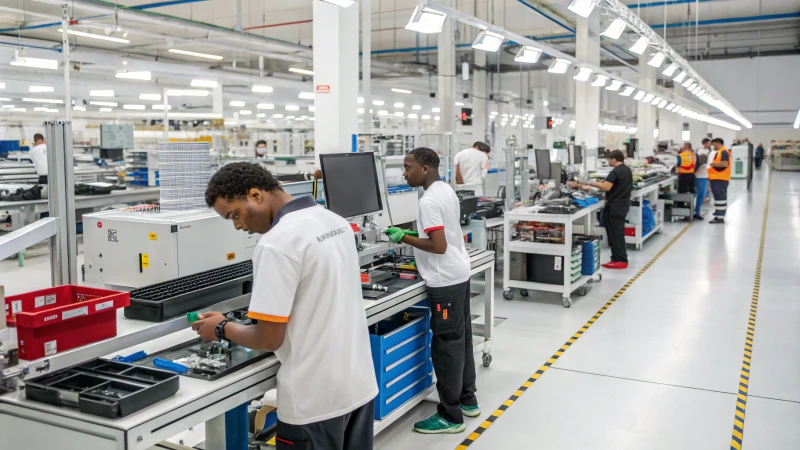
Conclusion: Supply Chain Strategy Is Not Binary
The evaluation of Malaysia and Indonesia as potential hubs for smart air purifier manufacturing reveals a crucial insight: the choice is not a binary one. Instead, the ASEAN region offers a unique opportunity for modular manufacturing, where the distinct advantages of each country can be leveraged in a complementary fashion. Malaysia, with its mature high-tech ecosystem, robust infrastructure, and stable regulatory environment, excels in high-value electronics production. Indonesia, with its vast domestic market, growing manufacturing capabilities, and strategic localization policies, is ideal for market penetration and volume-driven assembly.
The winning strategy in this dynamic landscape is characterized by agility and hybridization. Companies that can strategically combine the strengths of both Malaysia and Indonesia—perhaps by producing sophisticated modules in Malaysia and conducting final assembly in Indonesia—will be best positioned to optimize their supply chains for efficiency, cost-effectiveness, market access, and resilience. This integrated approach not only mitigates risks but also unlocks the full potential of the ASEAN region as a manufacturing powerhouse for smart air purifiers, ensuring a competitive edge in a rapidly evolving global market.
References
[1] Electronics Manufacturing & Sourcing in Malaysia: An Introduction - ARC Group. (2023, January 19). Retrieved from https://arc-group.com/malaysia-electronics-manufacturing-sourcing/
[2] 5 Reasons to Manufacture Electronics in Malaysia - EE Times. (2022, June 15). Retrieved from https://www.eetimes.com/5-reasons-to-manufacture-electronics-in-malaysia/
[3] Malaysia’s semiconductor ecosystem amid geopolitical flux | ISIS. (2024, June 20). Retrieved from https://www.isis.org.my/2024/06/20/malaysias-semiconductor-ecosystem-amid-geopolitical-flux/
[4] Electrical & Electronics - MIDA | Malaysian Investment Development Authority. Retrieved from https://www.mida.gov.my/industries/manufacturing/electrical-electronics/
[5] Indonesia’s Outlook in the Electronic Manufacturing Sector. Retrieved from https://www.cekindo.com/blog/electronic-manufacturing-industry
[6] Indonesia's electronic industry thrives despite their lack of local development and dependency on imports | Indonesia Business Post. (2023, July 24). Retrieved from https://indonesiabusinesspost.com/1528/investment-and-risk/indonesias-electronic-industry-thrives-despite-their-lack-of-local-development-and-dependency-on-imports
[7] Can Malaysia’s semiconductor industry stream upwards? | Lowy Institute. (2025, April 4). Retrieved from https://www.lowyinstitute.org/the-interpreter/can-malaysia-s-semiconductor-industry-stream-upwards
[8] Indonesia is Lagging Behind in its Electronic Industry. | by Muhammad Pirel | Medium. (2025, March 30). Retrieved from https://medium.com/@pirelmuhammad/indonesia-is-lagging-behind-in-its-electronic-industry-85ca77ad2283

